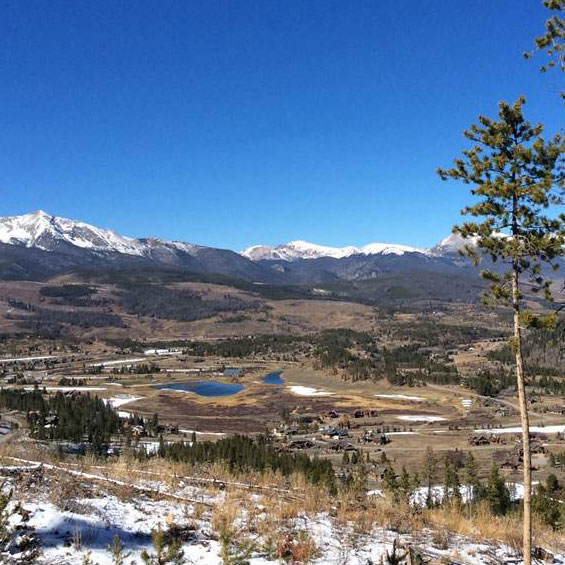
Summit County, Colorado
In 2014, Headwaters Economics embarked on the challenge of addressing community wildfire risk through improved land use planning policies, regulations and related activities. Headwaters Economics collaborated with Wildfire Planning International and Clarion Associates in Summit County, Colorado to analyze and recommend forward-thinking changes to key planning documents and development regulations. As a result of the successes and lessons learned in Summit County, the CPAW program was born.
Summit County proved to be an excellent testing ground for what was to become CPAW. A mountainous, fast-growing community, approximately 99 percent of Summit County’s total population lives in the wildland-urban interface (WUI), which is predominantly characterized by lodgepole pine forests made especially high-risk by an ongoing pine beetle epidemic. Seasonal fluctuations in tourism also increase the population at risk during summer months.
Summit County’s history of forward-thinking land use planning and forest management helped to facilitate a framework for CPAW. Working closely with the Summit County Wildfire Council (SCWC) and members of the Community Development Division for more than a year, team members analyzed Summit County planning documents to ensure they were appropriately linked with each other and that they reinforced intended goals and policies. Recommendations were developed to improve, strengthen and refine key documents, including Summit County’s Community Wildfire Protection Plan (CWPP), Land Use and Development Code, and other County planning documents.
Many of the CPAW recommendations were adopted into the Land Use and Development Code, including measures to assess wildfire hazards as a part of any rezoning request, prepare defensible space plans with rezoning and subdivision requests, improve access requirements to accommodate emergency vehicles, require non-combustible fencing within ten feet of structures, and prohibit uncovered firewood storage within 30 feet of structures during the designated wildfire season.
The Summit County project was supported in part by the LOR Foundation.
Snapshot
- 2015 Pilot Project
- Population (2014): 29,404
- Growth Rate (2000-2015): 28%
- Fuel Type: Lodgepole pine
- % of WUI Developed: 47.4%
